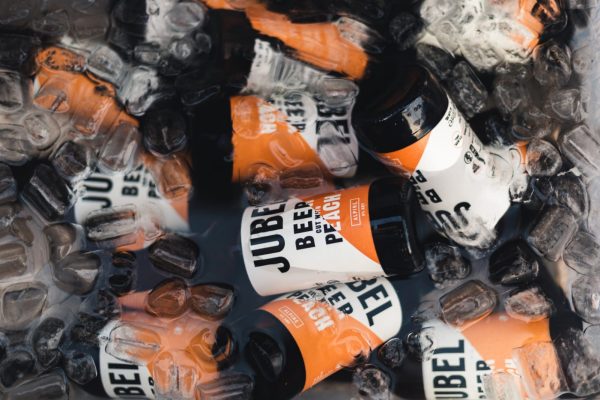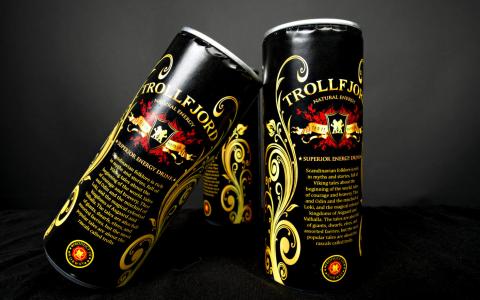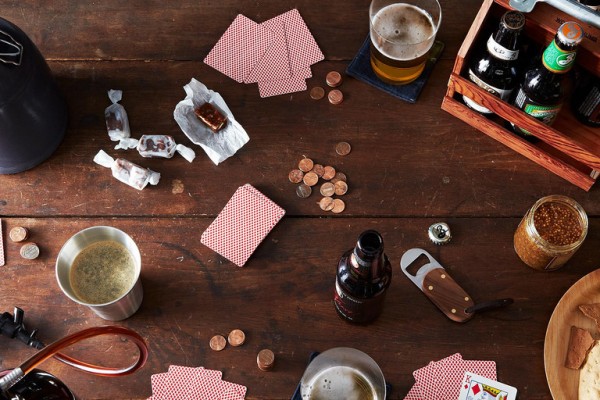How To
How to Power Up Your Beverage Brand Using The Brand Pyramid
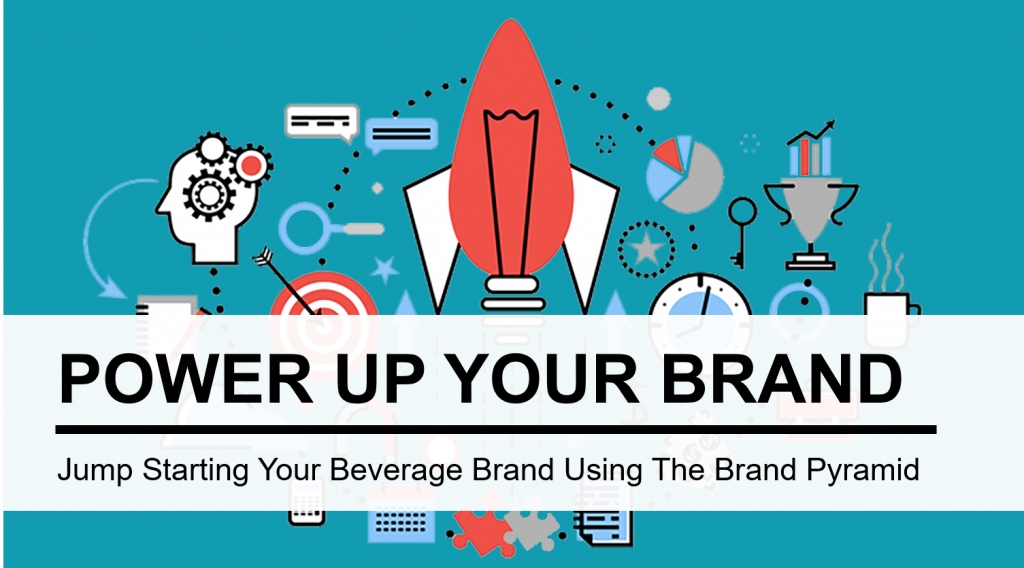 A strong, memorable brand is one of the biggest assets a beverage company can build. Clarity and consistency are the forces behind the most successful beverage brands. Before you can share your message, you need to clarify what your brand stands for and get everyone in your company on the same page. Working with your team to organize brand insights and document your brand strategy is an extremely valuable practice that every business should undertake on a regular basis. One tool for structuring that discussion is the development of a Brand Pyramid.
A strong, memorable brand is one of the biggest assets a beverage company can build. Clarity and consistency are the forces behind the most successful beverage brands. Before you can share your message, you need to clarify what your brand stands for and get everyone in your company on the same page. Working with your team to organize brand insights and document your brand strategy is an extremely valuable practice that every business should undertake on a regular basis. One tool for structuring that discussion is the development of a Brand Pyramid.
What is the Brand Pyramid?
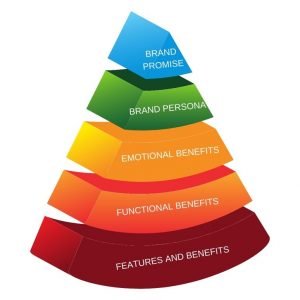 A brand pyramid is a framework that showcases the different layers of thinking and feeling behind your brand. It pulls together the elements that make up your brand essence, or fundamental nature, by organizing what your company wants to be, your company’s core values, who you serve, and how your brand makes customers feel. The idea is that the more customers understand and identify with your brand essence, the more loyal they become to your brand.
A brand pyramid is a framework that showcases the different layers of thinking and feeling behind your brand. It pulls together the elements that make up your brand essence, or fundamental nature, by organizing what your company wants to be, your company’s core values, who you serve, and how your brand makes customers feel. The idea is that the more customers understand and identify with your brand essence, the more loyal they become to your brand.
How to build your pyramid?
As you move from the bottom to the top of the pyramid, the brand attributes go from concrete to more abstract moving from features, to benefits, to aspirations. Go through each section and write down what you believe to be true about your brand and product.
Test your insights by doing this exercise with your team to see where you agree and where your answers and observations differ. Incorporate the customer data you have to back up your claims and look for gaps in information as opportunities to strengthen your brand.
Features & Attributes: This section lays out the different features and attributes of your beverage. For example, an energy drink’s features and benefits might be thirst quenching, sugar-free, carbonated, vitamin-enhanced, compact packaging, etc.
Functional Benefits: This is where you explore what problem you’re solving for your customer. For an energy drink, this might be energy without sugar, convenience, good flavor, etc. The goal is to select functional benefits that matter most to customers and support a strong position relative to competitors. Ask what your customers expect to gain from your product.
Emotional Benefits: How does your customer feel after using/consuming your product? An emotional benefit is a cognitive statement that customers can make about themselves due to their use of, and attachment to, your brand and its features. For example, “I am a healthy person because I stay hydrated with nutrient-enriched water,” or “I am a successful person because I stay focused throughout the day with a memory-enhancing beverage.”
Brand Personality: The goal of creating a brand personality is to build an identity for your customers to interact with. It’s about turning your company into something that people can relate to. Brand personality is a set of characteristics connected to a company or brand that shape how people feel about and interact with a company. A brand’s personality often mirrors that of the target customer base. Is your brand serious or playful, conventional or adventurous?
Brand Essence/Promise: Your brand essence answers why customers should care about your brand. It combines your brand attributes and benefits into a succinct idea. Your brand essence should be unique, focused, experiential, meaningful, authentic, and sustainable. Focusing on building and delivering on a strong brand promise is the best way to win your space in the hearts and minds of your customers. If you’re looking for an excellent example of a brand promise, check out Coca Cola, whose central promise is “to refresh the world in mind, body, and spirit, and inspire moments of optimism; to create value and make a difference.”
The goal of the brand pyramid exercise isn’t to come up with all the right answers. It’s a tool to explore your assumptions, better define your brand aspirations, and find the gaps between where you are and where you want to be as a brand. Building a strong brand is not simple, and it doesn’t happen overnight. Maintaining conversation around your brand is the best way to ensure that you are growing in a cohesive, intentional, and consistent way. Use tools like the brand pyramid to add clarity and fuel to your branding strategy and ensure that your marketing plans and actions are in alignment with your goals.
Original article was published in Beverage Industry Blog.

